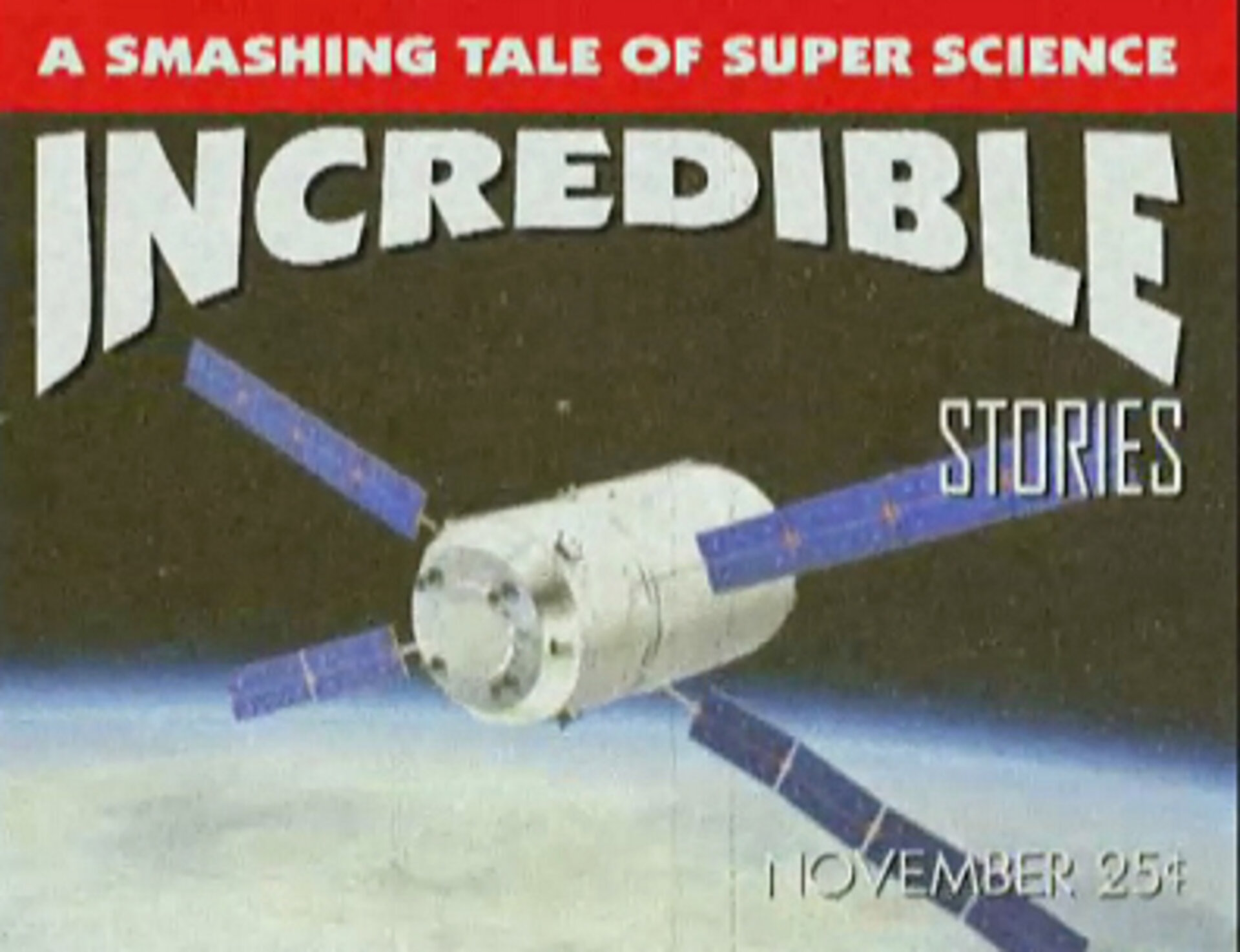Science fiction – science fact: new 'Space-in-Bytes' video lesson
Whether it's Star Trek's USS Enterprise, or the iconic space station from 2001: A Space Odyssey, science fiction has always provided inspiration and ideas for the scientists and engineers that design and build real spacecraft.
The, at times, fine line between science fiction literature and the developments in real life space activities provides the backdrop to ESA's latest Space-in-Bytes video lesson release, titled 'Science fiction – science fact'.
Taking inspiration from well-known science fiction writers such as Arthur C. Clarke, H.G. Wells and Jules Verne, the video compares factual and fictional space stations, manned spacecrafts and explains how science fiction interplanetary travels could inspire future generations of scientists and engineers.

'Science fiction – science fact' is part of a series of short video lessons called Space-in-Bytes developed by ESA's Directorate of Human Spaceflight. Aimed at upper secondary school students and their teachers, the Space-in-Bytes series presents 'bite-sized' scientific information, offering a starting point for further individual or classroom investigation.
The video is accompanied by lesson notes which include scientific explanations of some of the concepts illustrated in the video. The lesson is intended to provide teachers, and their students, with more information about the topics covered in the video, and to suggest curriculum-relevant exercises which can be carried out in class.
'Science fiction – science fact', and the previous Space-in-Bytes videos, are available for download in 12 ESA Member State languages.





